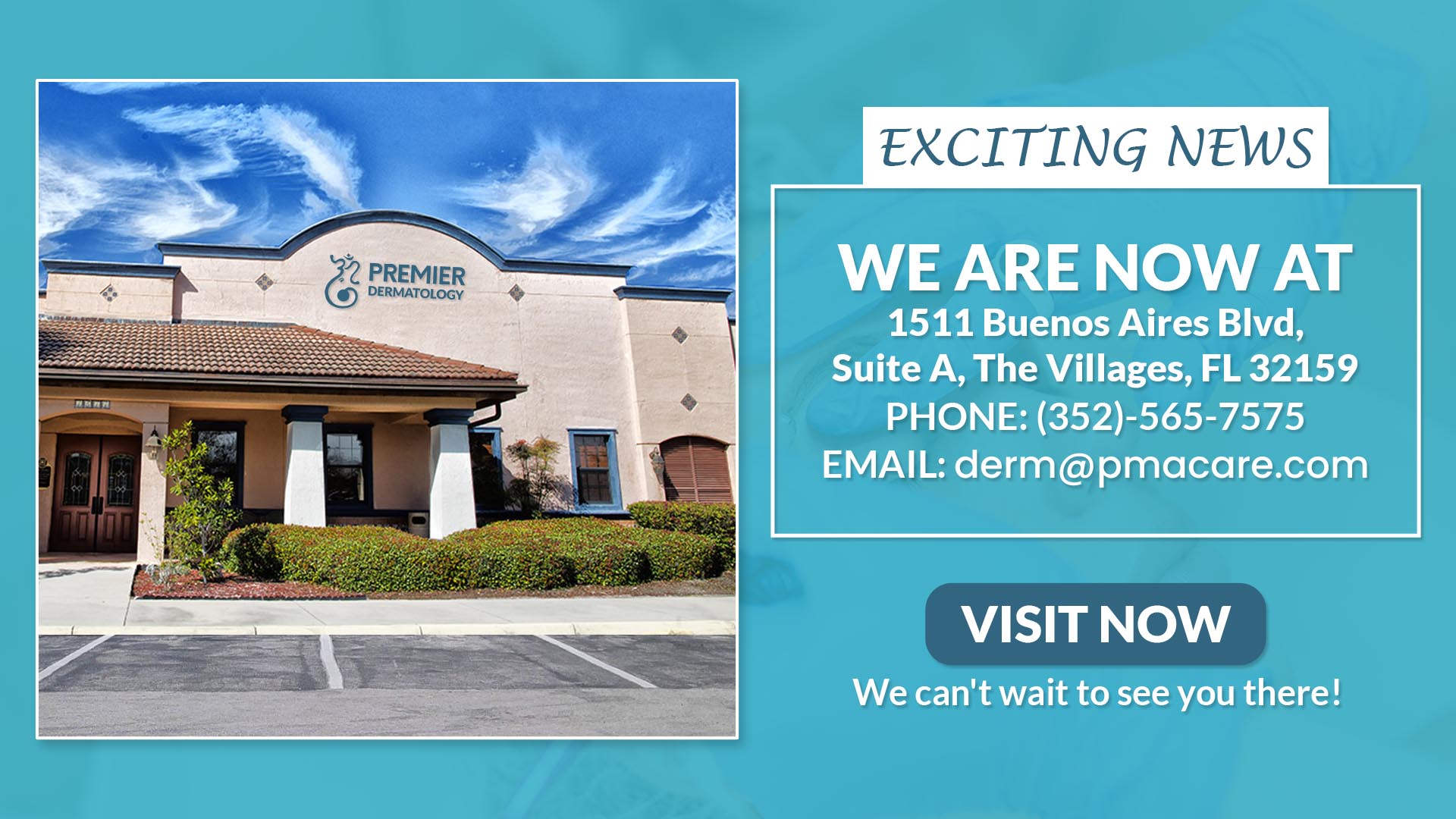Acne is one of the most common skin conditions worldwide, affecting people of all ages, though it is most prevalent among teenagers and young adults. It occurs when hair follicles become clogged with oil (sebum), dead skin cells, and bacteria, leading to inflammation and the formation of pimples. While acne is not life-threatening, it can significantly impact self-esteem and quality of life. This comprehensive guide explores the causes, types, and treatment options for acne, offering insights into managing this persistent condition.
Causes of Acne
Acne develops due to a combination of factors that disrupt the normal functioning of hair follicles and sebaceous glands. The primary causes include:
- Excess Sebum Production
Sebum is an oily substance produced by sebaceous glands to lubricate the skin and hair. Overproduction of sebum, often triggered by hormonal changes during puberty, pregnancy, or menstruation, can clog pores and initiate acne formation. - Clogged Hair Follicles
Dead skin cells that do not shed properly can mix with sebum to form a plug in the hair follicle. This creates an environment conducive to acne development. - Bacterial Overgrowth
The bacterium Cutibacterium acnes (formerly Propionibacterium acnes) thrives in clogged follicles, triggering inflammation and leading to red, swollen pimples. - Hormonal Fluctuations
Hormonal changes during adolescence, pregnancy, or conditions like polycystic ovary syndrome (PCOS) can increase sebum production. - Genetics
A family history of acne increases susceptibility to developing the condition. - Lifestyle Factors
Stress, poor sleep patterns, high-sugar diets, smoking, and the use of greasy cosmetics or skincare products can exacerbate acne.
Types of Acne
Acne manifests in various forms ranging from mild to severe. Understanding the types of acne is essential for choosing the appropriate treatment:
- Comedonal Acne
- Blackheads: Open comedones with a dark appearance due to oxidation.
- Whiteheads: Closed comedones covered by a thin layer of skin.
- Inflammatory Acne
- Papules: Small red bumps caused by inflammation.
- Pustules: Pimples filled with pus that appear as white or yellow spots surrounded by redness.
- Severe Acne
- Nodules: Large, painful lumps beneath the skin caused by deep inflammation.
- Cysts: Pus-filled lesions that are painful and can lead to scarring.
- Acne Conglobata
A rare but severe form characterized by interconnected abscesses and scarring. - Acne Mechanica
Triggered by friction or pressure on the skin from helmets, backpacks, or tight clothing.
Symptoms of Acne
The symptoms of acne vary depending on its severity but commonly include:
- Blackheads and whiteheads.
- Red or inflamed pimples.
- Painful nodules or cysts in severe cases.
- Skin discoloration or post-inflammatory hyperpigmentation after breakouts heal.
- Scarring in chronic or untreated cases.
Treatment Options for Acne
Effective treatment depends on the type and severity of acne. Dermatologists often recommend a combination of therapies tailored to individual needs:
1. Topical Treatments
Topical medications are typically the first line of treatment for mild to moderate acne:
- Retinoids (Adapalene, Tretinoin): Prevent clogged pores and promote cell turnover.
- Benzoyl Peroxide: Reduces bacteria and inflammation.
- Salicylic Acid: Exfoliates dead skin cells and unclogs pores.
- Azelaic Acid: Reduces inflammation and kills bacteria.
- Antibiotic Creams (Clindamycin): Target bacterial overgrowth.
2. Oral Medications
For moderate to severe acne or cases unresponsive to topical treatments:
- Antibiotics (Doxycycline, Minocycline): Reduce bacterial growth and inflammation.
- Hormonal Therapy: Birth control pills regulate hormone levels in women with hormonal acne.
- Isotretinoin (Accutane): A powerful medication for severe nodular or cystic acne; it reduces sebum production but requires close monitoring due to potential side effects.
3. In-Office Procedures
Dermatologists may recommend procedures for resistant or severe cases:
- Chemical Peels: Remove dead skin cells and reduce clogged pores using acids like glycolic acid.
- Laser Therapy: Targets bacteria and reduces oil production.
- Corticosteroid Injections: Quickly reduce inflammation in large nodules or cysts.
- Extraction: Removes blackheads or whiteheads manually under sterile conditions.
Lifestyle Changes for Acne Management
In addition to medical treatments, adopting healthy habits can help manage acne:
- Wash your face twice daily with a gentle cleanser; avoid scrubbing too hard as it may irritate the skin.
- Use non-comedogenic (oil-free) skincare products and cosmetics.
- Avoid touching your face frequently to prevent transferring bacteria from your hands.
- Maintain a balanced diet low in sugar and processed foods; some studies suggest that high-glycemic diets may worsen acne.
- Manage stress through relaxation techniques like yoga or meditation as stress hormones can exacerbate breakouts.
Preventing Acne Scars
Scarring is a common concern for individuals with severe or untreated acne:
- Avoid picking or popping pimples as this increases inflammation and risk of scarring.
- Seek early treatment for moderate to severe cases to prevent long-term damage.
- Consider scar-reduction treatments like microneedling, laser therapy, or dermal fillers if scars develop.
Conclusion
Acne is a multifaceted condition influenced by hormonal changes, genetics, lifestyle factors, and more. While it may be persistent and frustrating, effective treatments are available for every type and severity level—from over-the-counter remedies for mild cases to advanced therapies for severe forms like cystic acne.By understanding its causes and adopting a comprehensive approach that includes medical treatments alongside healthy habits, individuals can achieve clearer skin while minimizing the emotional impact often associated with this common condition. Consulting a dermatologist ensures personalized care tailored specifically to your needs—helping you regain confidence in your skin’s health!



